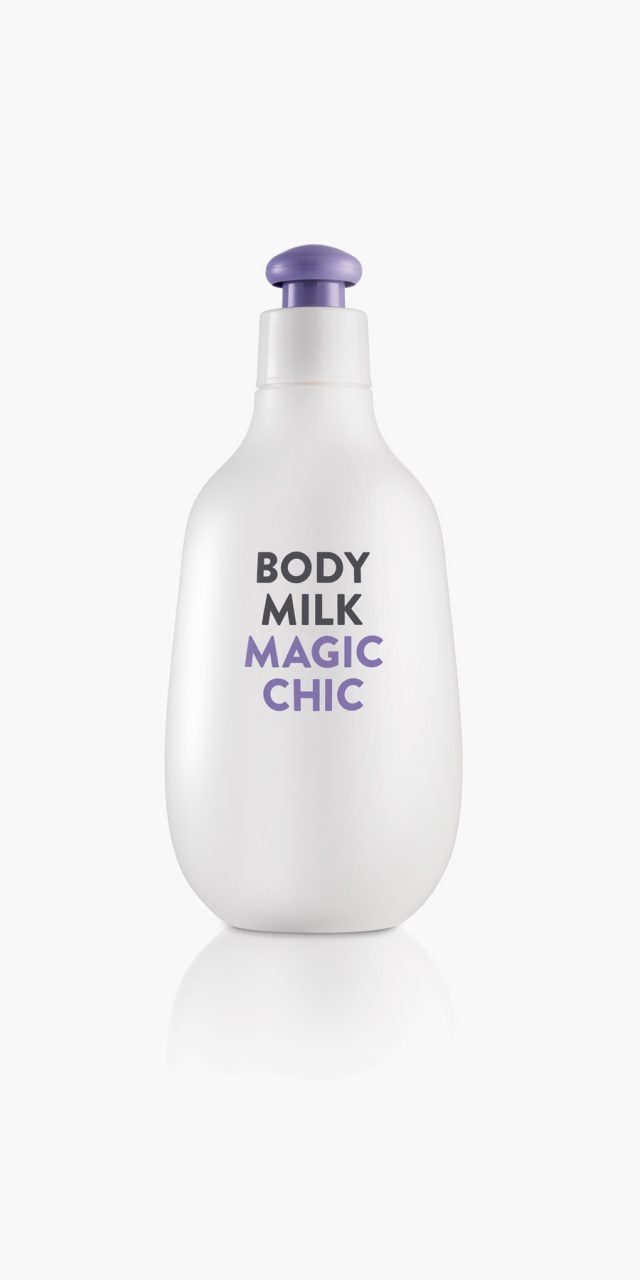
Magic Chic
Magic Chic is a family of three products—bath gel, body milk, and cologne—aimed at a young audience. The brief called for something different from what was already on the market: less conventional, more playful; something that was not romantic and did not speak about ingredients or product benefits. It needed to be direct and immediately engaging.
This intention is expressed through a simple, emphatic two-dimensional graphic design, set in contrast with the bottle we designed: soft, friendly, and with an unusual shape, complemented by a highly functional cap—an uncommon feature in this type of product.
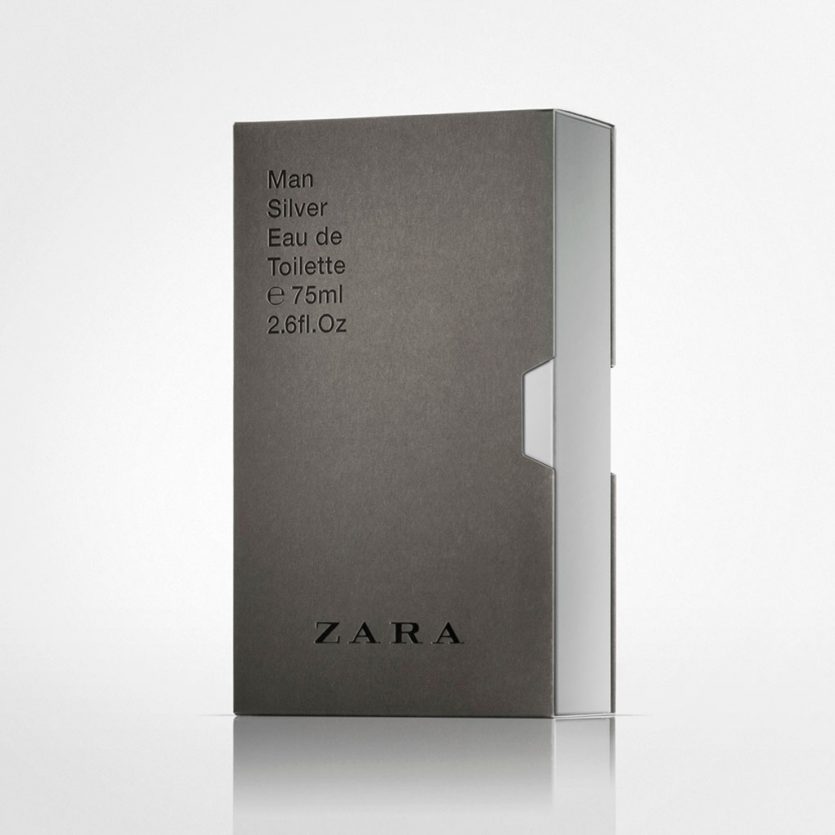
Zara Men VHS
The brief called for a new design for the boxes and graphic system of most Zara men’s fragrances. The design needed to be neutral and versatile enough to accommodate not only existing fragrances, but also future editions to be added to the brand’s portfolio.
For the box structure, we chose a videotape case model adapted to the size of the bottle. This type of packaging allowed us to work with an outer sleeve and an inner box. From a graphic perspective, we opted for a classic typographic approach on the exterior, using Helvetica, a restrained composition, and sophisticated finishes: blind embossing, bas-relief, and gloss varnish applied to the lettering in contrast with the matte cardboard.
The first fragrances to feature the new design were the core classics: Silver, Uomo, and Blue Spirit. The exterior is finished in warm grey, while the inner box adopts the colour associated with each fragrance. This colour is revealed on the opening side—just like a videotape case—and through the thumb notch.
The system was later extended to the Cities line (cities where Zara is present), for which this packaging solution proved especially appropriate. In this case, the outer box is white, while the inner box is fully covered with an image of the city. As the inner box is gradually removed from the case, the image is progressively revealed, echoing the way travellers slowly discover a city as they explore it.
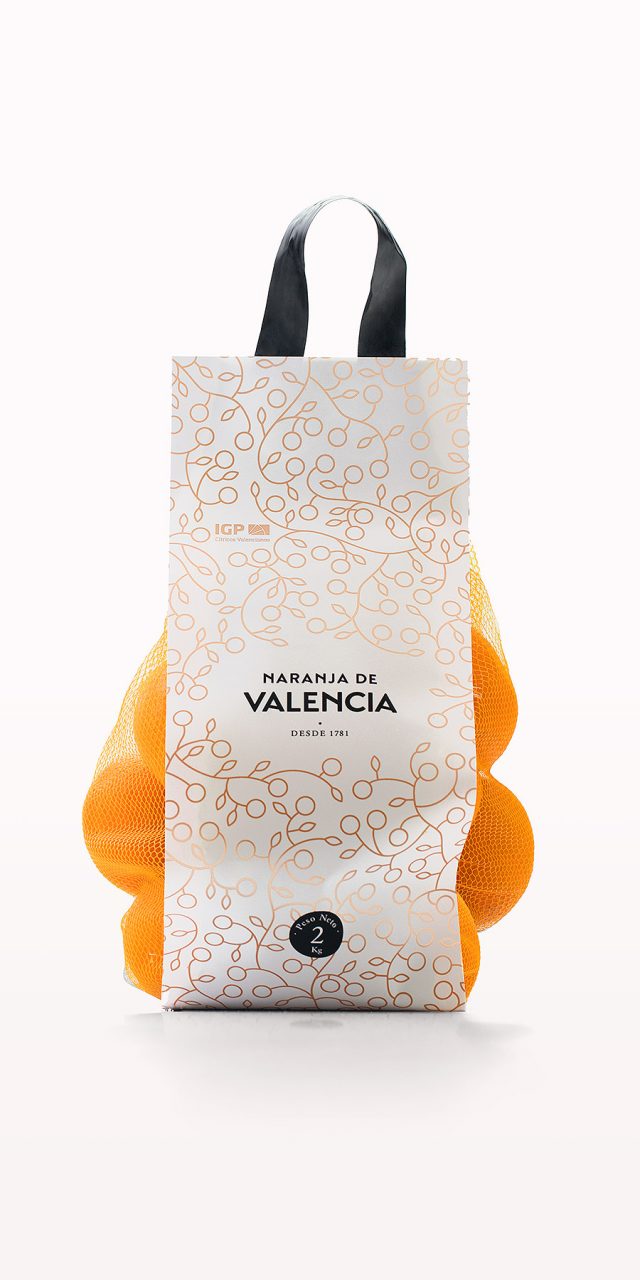
Naranja de Valencia
A group of producers and exporters made use of the PGI (Protected Geographical Indication), which guarantees that the oranges they distribute worldwide are grown in Valencia and therefore benefit from its well-established reputation for quality. The name of the brand is clear and direct: Naranjas de Valencia—or Valencia Orange in its English version.
All brand applications are centred around the point of sale: boxes, mesh bags, signage, carrier bags, T-shirts for greengrocers, and a website. In the logo, the word Valencia takes visual precedence, as the presence of the oranges themselves—displayed in boxes or mesh bags—makes it almost unnecessary to specify the product.
The chosen sans-serif typeface has been subtly modified to evoke the traditional lettering used on orange labels in the mid-twentieth century, a period in which this graphic tradition flourished, particularly during the first half of the century. The visual identity also incorporates a second key element that complements the logo: an illustration used as a recurring motif pattern, applied across different media such as wrapping paper, signage, bags, and the website.
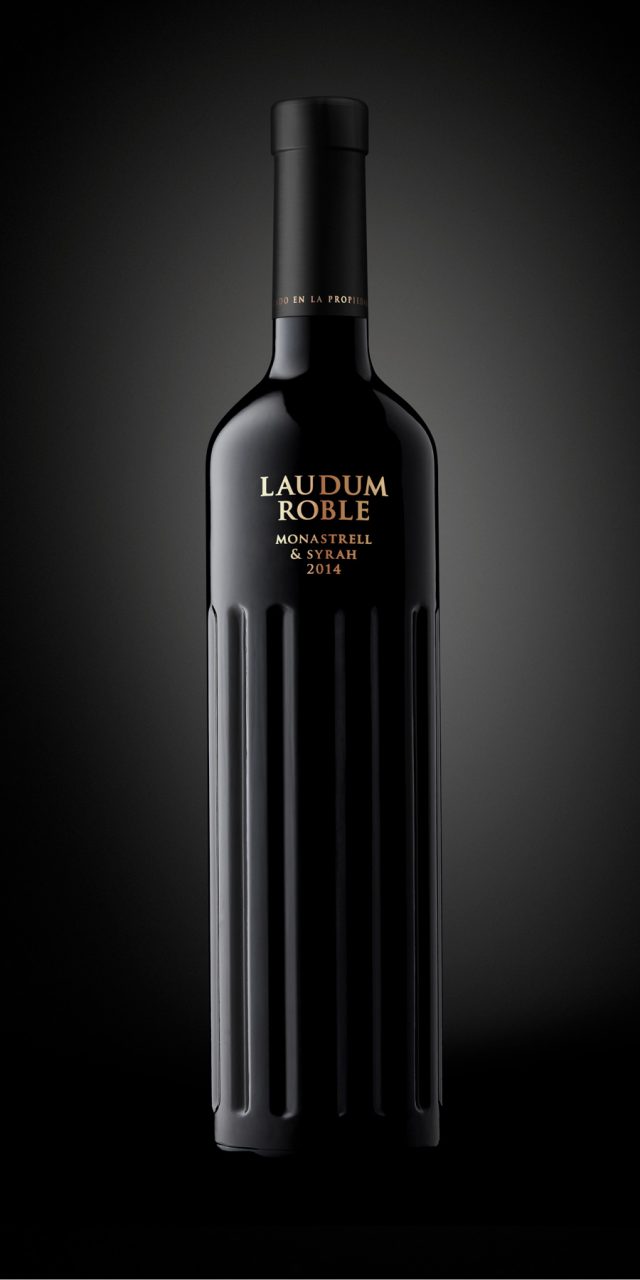
Laudum
LAUDUM is the genitive plural of Laus, the Latin word meaning praise, glory, fame. For such a classic, Latin name, with strong Roman overtones, we have designed this bottle with references to columns of the Lonic or Corinthian period with characteristics from ancient Roman temple architecture. The relationship between viticulture and the temple is age-old. The column is part of the temple, it rises towards the sky, it is history and art, as is wine.
Photography: Guillem López
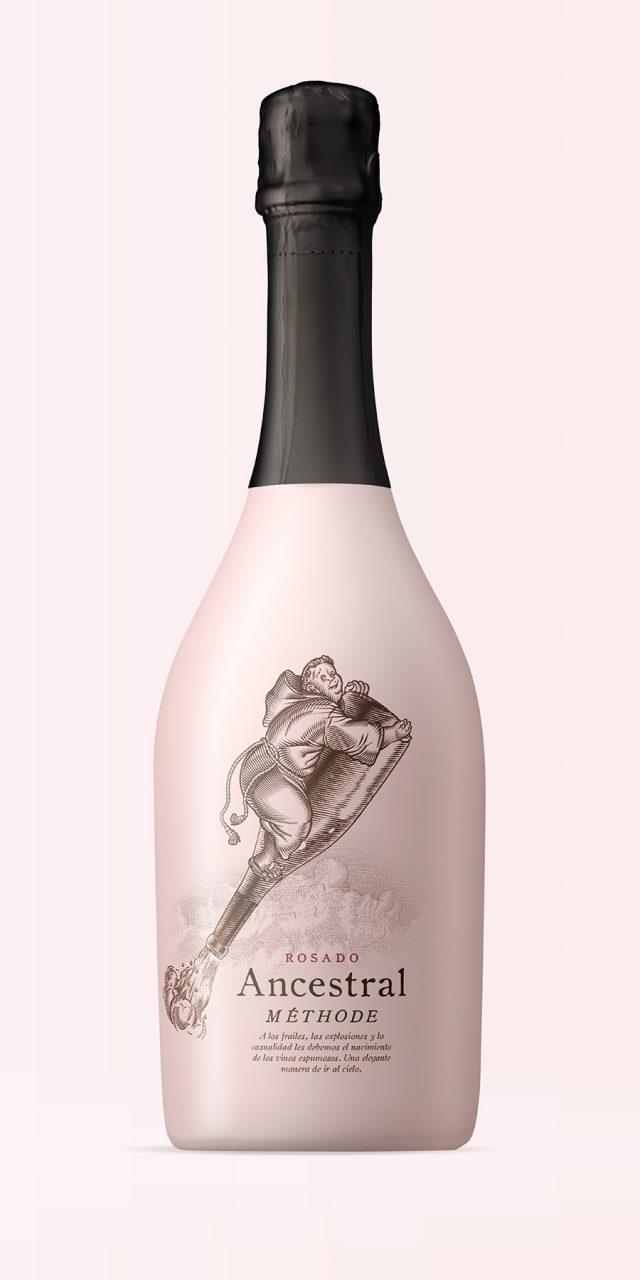
Ancestral
In very cold regions, the arrival of winter used to stop the fermentation of the grape must before it was bottled. When spring came, the wine began fermenting again in the bottle, producing gas, and the bottles (which were not yet made of glass with a cork like the kind we are familiar with today) exploded. Nevertheless, some remained intact, and thanks to this a new type of wine was discovered—sparkling, extraordinary—but by pure chance. The ancestral method was the first to be conceived and forms the basis of the traditional method used to made exceptional champagne and cava today. Unlike the latter, in the ancestral method the wine is bottled before the first fermentation is finished, so that a second fermentation subsequently takes place in the bottle, thereby achieving the natural carbonation. It is a fresh, fun, astounding, sparkling wine. Undoubtedly, it was the result of chance—like all great inventions—along with the ingenuity of shrewd monks, ever ready to ascend to heaven for a good cause.

Sunsilk
Sunsilk sells hundreds of millions of units a year worldwide. This is, therefore, an important project in which significant investments are at stake; not only to produce the new bottles and pots, but also to configure the production plants and assembly and packaging lines where the new designs will be produced, located in the main geographical areas in which the brand presence is greatest.
The process was extremely exhaustive, from the two-day briefing with a team of more than thirty people, to the creative process lasting almost two years, the consumer tests, and the requirements of the company’s sustainability programme.
Sunsilk is a brand dedicated exclusively to haircare. It is targeted at young, open, dynamic women who understand that hairstyling is an essential way for them display their personality. From among the characteristics of the brand, colour and expressiveness were chosen as the core aspects for this project. In addition to a vibrant range of colours, the design is distinguished by the undulating surface of the containers, running from top to bottom; a feature that transmits dynamism and refers to the freedom of movement of healthy hair. This design was adapted to the different formats (bottles of various capacities and pots) in order for the whole range of products to embody a strong personality that can be easily recognised both visually and by touch, which was an aspect to be taken into account given the conditions under which this type of product is used. . Colour, expressiveness and efficacy. That is Sunsilk.


